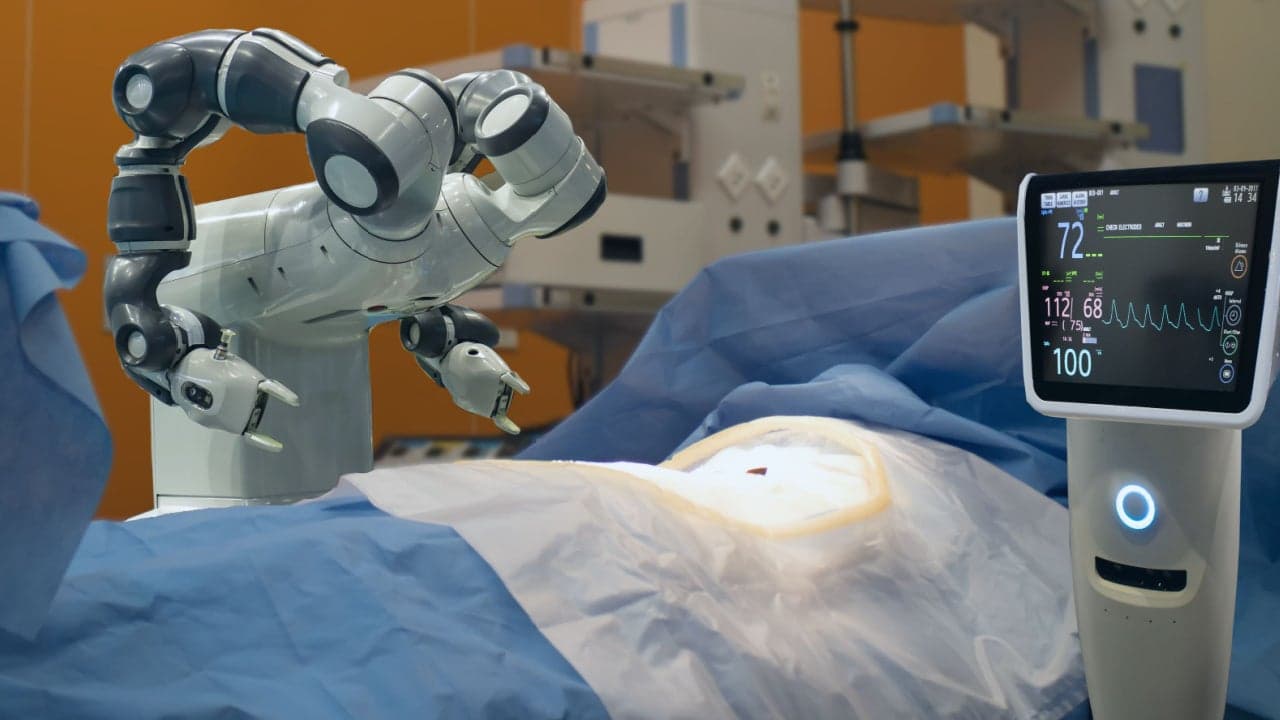Autonomous Medical Devices: 10 Key Things You Must Know

Overview
Autonomous medical devices represent a groundbreaking advancement in healthcare technology. These devices, designed to perform medical tasks with minimal human intervention, utilize sophisticated technologies such as artificial intelligence, robotics, and machine learning. Their significance lies in their potential to revolutionize patient care by improving precision, enhancing efficiency, and reducing human error in medical procedures. As you read on, explore the factors driving their adoption, their benefits, challenges, and the future landscape of autonomous healthcare solutions.
1. Technological Foundation
Autonomous medical devices are built upon cutting-edge technologies that enable them to operate independently. With the integration of artificial intelligence (AI) and machine learning, these devices can analyze vast amounts of data, recognize patterns, and make informed decisions. Robotics further enhances their functionality by allowing precise physical interactions, crucial for tasks such as surgery and rehabilitation.
2. Market Growth and Dynamics
The global market for autonomous medical devices has been experiencing rapid growth. It was valued at USD 672.42 million in 2024 and is projected to reach USD 1,425.14 million by 2032. This growth can be attributed to the rising prevalence of chronic diseases and the increasing demand for continuous monitoring and treatment solutions. Technological advancements continue to widen the scope and applicability of these devices.
3. Application Areas
Autonomous medical devices find utility in various healthcare domains, including surgery, diagnostics, therapeutics, patient monitoring, and rehabilitation. For instance, robotic surgery devices increase precision and reduce recovery times while wearable health monitors provide continuous data to manage chronic conditions effectively.
4. Trends in Elderly Care
A significant trend driving autonomous medical devices is the focus on elderly care. As the global population ages, there is an increasing need for devices that support independent living. Automated medication dispensers and fall detection systems are examples of devices improving the quality of life for the elderly, ensuring safety and timely medical intervention.
5. Regulatory and Compliance Challenges
Despite their benefits, these devices face significant regulatory hurdles. They must adhere to stringent safety and efficacy standards imposed by health authorities worldwide. Navigating these varying regulations can be complex and time-consuming, impacting the speed at which these devices reach the market.
6. Interoperability and Integration
A critical challenge for autonomous medical devices is achieving interoperability with existing healthcare systems. Effective integration is necessary for these devices to access and communicate patient data efficiently. Ongoing research initiatives are aimed at developing standardized communication protocols to address these challenges.
7. Major Players in the Market
Several key players dominate the autonomous medical devices market, including Intuitive Surgical, Medtronic, Johnson & Johnson, and Siemens Healthineers. These companies are instrumental in driving innovation and expanding the capabilities of autonomous solutions through continuous research and development efforts.
8. Focus on Innovation and R&D
Innovation remains at the core of advancing autonomous medical devices. Companies and research institutions are heavily investing in R&D to enhance device capabilities, improve patient outcomes, and reduce costs. Collaborations between tech companies and medical institutions are also accelerating the development of next-generation devices.
9. Patient-Centric Benefits
Autonomous medical devices offer several patient-centric benefits. They facilitate personalized treatment plans by providing real-time monitoring and data analysis, enhancing the accuracy of diagnostics and treatments. These devices allow patients to receive care in the comfort of their homes, reducing hospital visits and associated healthcare costs.
10. Future Prospects
The future of autonomous medical devices looks promising. As technology continues to evolve, these devices are expected to become more affordable and accessible, particularly in remote and underserved areas. Advances in AI will further refine their functionalities, paving the way for more complex autonomous healthcare solutions that can perform an even broader range of tasks.
Conclusion
Autonomous medical devices are poised to transform the healthcare landscape by enhancing precision, reducing errors, and providing superior patient care. As the industry overcomes regulatory and interoperability challenges, these devices will likely become integral components of modern healthcare systems. Their development promises not only technological innovation but also a significant improvement in the quality of life for patients globally, prompting ongoing interest and investment in this dynamic field.